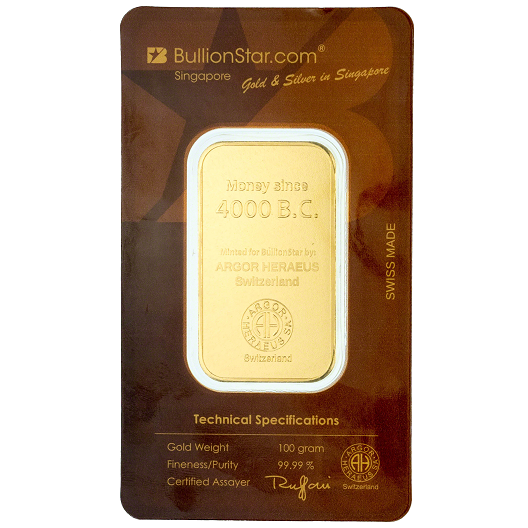What is Money?
What is money? Although it might seem a straight-forward question, ‘what is money’ is a question which will return a wide variety of answers depending on who you ask. For something taken for granted and used by billions of people every day all over the planet, this is perhaps surprising.
Ask a person on the street about money, and they will most likely reply that money is the banknotes and coins in their wallet or pocket. Ask a central banker about money and they will probably mention cash, bank deposits and legal tender, noting that most ‘money’ is held electronically in banks. The central banker, if they are savvy, might also mention that gold is money, but will probably quote this ‘off the record’.
Ask a commercial banker about money, and if they understand the business of fractional-reserve banking, they will say, also ‘off the record‘, that banks create money out of thin air, taking in deposits and then lending these same funds, and more recently lending money into existence that never existed, thereby creating debt.
Ask an economist for their view on the money question, and the answer might revolve around defining the functions of money in an economy (a store of value, a medium of exchange and a unit of account) and a discussion of which forms of money best perform these functions. The economist might also mention the relative merits of different forms of money, such as fiat currency, commodity-backed money (gold and silver), and discuss terms such as hard money, sound money, paper money, and the characteristics of a desirable money.
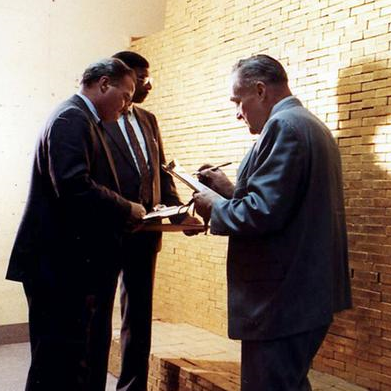
Functions and Forms of Money
At its most basic, any form of money must be able to perform the functions of money. To see why this is so, just think of a barter economy, where people have to barter with goods or services to allow any exchange to take place. But bartering is inefficient as it relies on the double coincidence of wants of two people each having a good or service that the other will accept.
If something can be used to intermediate in an exchange instead of barter, it will make the exchange a lot easier and more effective. But whatever is chosen to facilitate trade must be easy to handle, carry and store, i.e. a suitable money must be able to act as a medium of exchange in transactions. A suitable money must also be also able to be easy to measure, easy to value and easy to subdivide into smaller quantities, i.e. the second function of a suitable money is that it needs to be able to act as a unit of account for transactions and valuations. The third function of money, or at least of any worthwhile money, is that it will be a store of value allowing accumulated wealth to be preserved, and that it will retain its purchasing power over time.
To these three functions of money we can add a fourth, i.e. that any worthwhile form of money must be able to act as a standard of deferred payment, which will facilitate borrowing and lending, allow debts to be valued, and allow goods and services to be paid for in the future.
Characteristics of Money
While the functions of money are slightly nebulous concepts, the characteristics of money are more practical, and history has proven that no form of money will be universally accepted and used as money unless it has the following characteristics:
– Money must be easily divisible
– Money must be durable
– Money must have an element of scarcity and be available only in limited supply.
– Money must be fungible with one unit substitutable for another.
– Money must be difficult to counterfeit.
– Money must have a history of being accepted and used.
– Money in its best forms will also have inherent value.
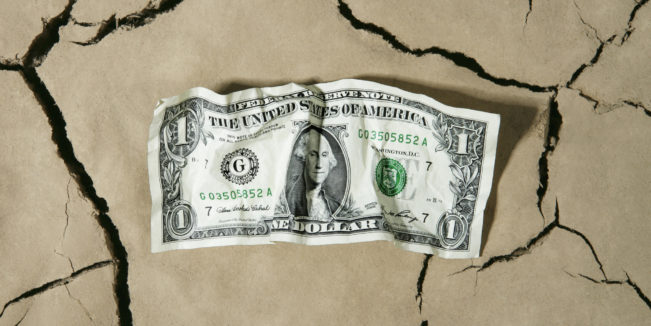
From Inherent Value to Zero Value
Based on the above, we can say that any form of money that’s accepted as money must have the characteristics of money and be able to perform the required functions of money. So far we have not mentioned the terminology familiar to the world of modern money, such as cash, currency, legal tender, fiat currency and money supply. Therefore, at this point some definitions are in order, however these definitions themselves are not watertight and are open to debate:
Cash is a term generally used to describe physical coins and banknotes, or any form of a liquid asset that can be quickly converted into cash.
Currency is something which is in circulation nationally or internationally as a medium of exchange (e.g. banknotes and coins).
Legal tender is any form of payment that is legally defined as being valid for the payment of debts and which must be accepted in that jurisdiction for settling debts when offered to the creditor. In the UK for example, legal tender is only coins issued by the Royal Mint and notes issued by the Bank of England.
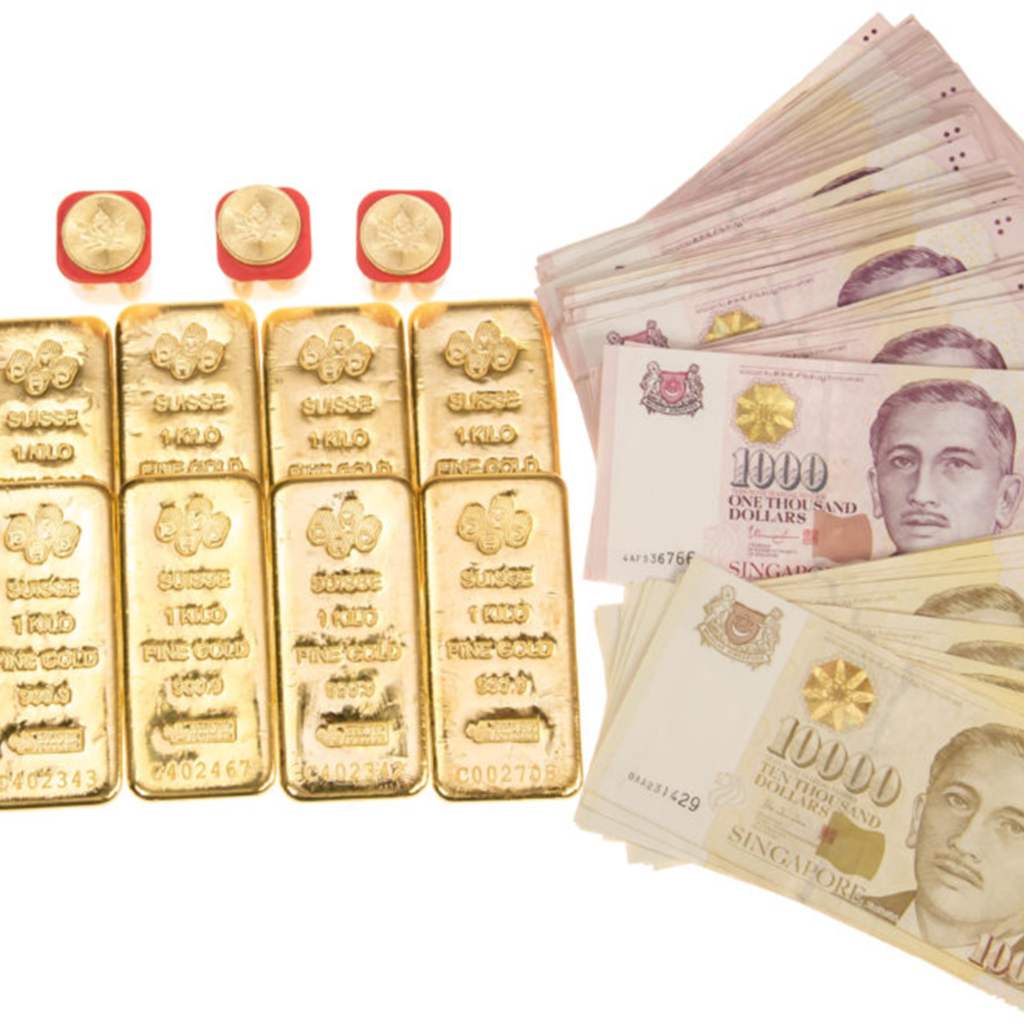
Fiat currency is a national currency issued by a central bank or government which is backed by the public’s confidence in that issuer, i.e. the currency is not backed by anything tangible, just the credit worthiness of the state issuer. Derived from the word ‘fiat’ or decree, fiat currency is only used by a populace because there is no alternative and the issuer has a monopoly on currency issuance.
Governments and their central banks obviously like fiat currency because they generate revenue from seigniorage. Seigniorage is the difference between the face value of a currency and the cost of printing or coining that currency. For governments, seigniorage is free revenue, since they can use it to help finance their government expenditure.
Hard Money – Sound Money
At the opposite end of the spectrum to fiat currencies is sound money or hard money which retains its value over time. Whereas fiat currencies are not backed by anything tangible, hard money in the form of commodity currencies and commodity-backed currencies are backed by tangible assets of value.
Examples of commodity currencies would be precious metals coinage circulating as money, in gold or silver coins of known weights. Circulating precious metals monies have inherent value precisely because they are minted from precious metals which have inherent value. Commodity currencies in the form of circulating gold and silver also have far longer histories and track records than fiat currencies, having been the money of choice in numerous civilizations for nearly all of recorded history until well into the twentieth century. In fact, gold as money has been traced back to 4,000 B.C. when the Egyptians used gold bars of a set weight as a medium of exchange. Time and time again throughout history, the market has chosen gold and silver as they best facilitated trade and economic growth and acted as stores of value.
Many of the world’s well known currencies also owe their names to gold or silver, since until quite recently, it was only gold and silver that were accepted as being money. The Dutch Guilder comes from the Dutch gold gulden, meaning ‘golden’, which was derived from the fact that the guilder coin was made from gold. The South African Rand is named after the famous Witwatersrand gold mining district near Johannesburg. The contemporary Thai baht, takes its name from the baht, a weight measurement for gold.
What is a US Dollar?
The word ‘Dollar’ is derived from the Thaler, a short form of the German word ‘Joachimsthaler’ which was a coin from the German Joachimsthal silver mine. The British ‘Pound’ currency is based on the ‘pound’ weight, which was 240 silver ‘sterling’ pennies made from 1 pound (weight) of silver, which gives us the term ‘Pound Sterling’. The French word for money ‘argent’ means silver in Old French. The Indian Rupee takes its name from a Sanskrit word ‘rūpya’ meaning coined silver. The Peso, the name for a number of currencies in Latin America, comes from the Spanish name for a 8 real silver coin in the Spanish Empire. The Dinar, a currency unit in some Islamic countries is derived from the silver denarius coin. Likewise, the solidus coin of the Roman Empire, means solid gold, while the Roman aureus coin means golden.
In the nineteenth and twentieth centuries, commodity money even evolved into commodity-backed money under the numerous gold standards and silver standards prevalent during those times. Under a gold standard or silver standard, an economy’s monetary unit is linked to a fixed weight of gold or silver, and in addition to circulating precious metals coinage, paper currency which is convertible into gold or silver at a fixed rate also circulates as part of the money supply.
The Modern Money Supply – Out of thin air
This takes us to a definition of ‘money supply’. While a standard definition of money supply is rather simple and could be defined as the total quantity of money held in an economy a point in time, there is an added complexity in that there are various measurements of ‘money supply’ ranging from narrow to broad. Generally speaking, narrow money is that part of the money supply that is liquid and consists of coins and notes in circulation, demand deposits in banks, and the liquid assets of a central bank. Money supply definitions then broaden out to the broad money supply aggregates which includes savings deposits, time deposits, money market mutual funds etc, i.e. assets which are less liquid.
Including as it does commercial bank deposits and everything in between, the concept of ‘money’ in the modern global monetary system is thus far broader than just currency in circulation. At this juncture you might be thinking that most of the ‘money’ in the money supply is not in fact money but is actually debt. This is absolutely correct.
This is because in modern day fractional-reserve banking, commercial banks create ‘money’ out of thin air by both repeatedly lending out funds which customers have deposited and also lending out money which never previously existed, and is also created out of thin air when the bank creates the loan. While the general public seem to think that money supply is created by central banks, it’s not. Nearly all new ‘money’ is created by commercial banks, not by central banks. And this money is debt, created when the commercial banks extend loans.
Looking at the various figures for outstanding ‘money supply’ and global debt is astounding. The total broad US money supply (measured using a continuation M3 measure by ShadowStats) is now nearly $20 trillion. The total global broad money supply is over $90 trillion (broad money supply CIA World Factbook). The latest estimate of global debt is now $244 trillion (Institute of International Finance (IIF), including $65 trillion in government debt, $60 trillion in financial sector debt, $46 trillion in household debt and $73 trillion in non-financial corporate debt. In comparison, the current market value of all the 195,000 tonnes of gold ever mined is only valued at about $8.5 trillion, and the claimed gold holdings by the world’s central banks, some 33,000 tonnes, is only valued at $1.4 trillion.
Essentially, the modern monetary system is a debt-based system of fractional-reserve banking featuring fiat currencies, and the ‘money’ that has been created within this system is not money, it’s debt. But if nearly all the ‘money’ in the world is not in fact money, but debt, then what is real money?

According to John Pierpont Morgan in a 1912 testimony before Congress about banking and credit, “Money is gold, nothing else”. Morgan’s full reply was in relation to the question “But the basis of banking is credit, is it not?”, which he replied, “Not always. That is an evidence of banking, but it is not the money itself. Money is gold, and nothing else." Here, JP Morgan was stating something quite obvious but at the same time profound. Obvious since it has been known and accepted for thousands of years in countless societies and civilizations that gold, along with silver, are money, but profound, since with the the advent of a debt based expansionary monetary system, it has been forgotten by the world’s population that fiat currencies in the form of irredeemable cash and bank deposits are not money, but are instead paper tokens and credit based debt.
It’s also ironic that JP Morgan made his famous statement about gold a year before the US Federal Reserve was launched. The US dollar, which is actually a Federal Reserve Note, is a prime example of a debt-based fiat currency which has no inherent value, which has lost over 95% of its purchasing power since it was created in 1913.
This debasement was intentional to allow the US to inflate its money supply, and included going off the gold standard domestically in 1931, devaluing the US dollar against gold a number of times, eliminating the Federal Reserve gold ratio against the US dollar (from 40% to 25% to 0%), and torpedoing the gold-anchored Bretton Woods monetary system in 1971 by suspending convertibility of US dollars into gold for foreign central banks. Ending gold convertibility for the US dollar (closing the gold window) sped up the destruction of the US dollar’s purchasing power even more, and was one of a series of attempts by the main central banking cartel in the 1970s to demonitise gold. But despite these attempts, gold is still the ultimate form of money, and along with silver, both precious metals have been used as money for nearly all of recorded history. This is precisely because gold and silver have all the characteristics of money and can perform all the functions of money.
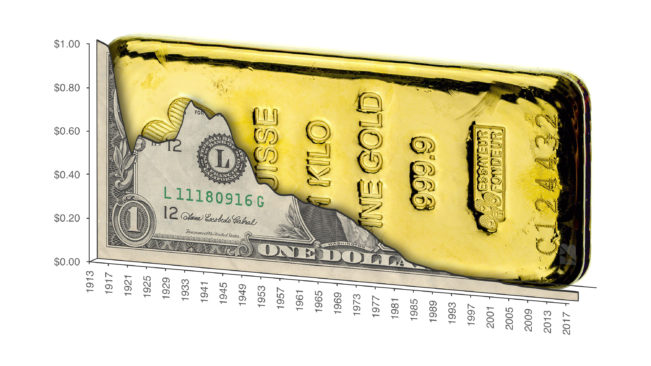
Conclusion
For a subject that touches the lives of everyone on the planet on a daily basis, the subject of money, surprisingly, remains remote and vague to most. In a world awash with credit and a ballooning global money supply, debt and fiat currency have become the system. But this remains true only while confidence in fiat currencies persists. Take away that confidence and a fiat currency can implode in very short order.
One of the main problems with fiat currencies is that their supply is limitless and can be expanded at will by governments and central banks using printing presses by their modern electronic equivalents with no consideration of whether additional money supply is actually needed. New supply then erodes the value of existing supply, and undermines the currency’s purchasing power while adding to inflation. Fiat currencies can also experience hyperinflation.
So although fiat currencies might stack up quite well as a medium of exchange and unit of account, they certainly are not a store of value, as the hundreds of defunct paper currencies throughout history will attest to. Precious metals on the other hand are stores of value . For example, gold is in fact the ultimate store of value. It retains its purchasing power over time. That’s why the central banks of the world hold gold in such large quantities in such highly secure vaults.
Despite what today’s central bankers and commercial bankers may say in public, physical gold and silver are still money, indeed, they are the world’s soundest and pre-eminent forms of money.
Popular Blog Posts by BullionStar
 How Much Gold is in the FIFA World Cup Trophy?
How Much Gold is in the FIFA World Cup Trophy?
 Essentials of China's Gold Market
Essentials of China's Gold Market
 Singapore Rated the World’s Safest & Most Secure Nation
Singapore Rated the World’s Safest & Most Secure Nation
 Infographic: Gold Exchange-Traded Fund (ETF) Mechanics
Infographic: Gold Exchange-Traded Fund (ETF) Mechanics
 BullionStar Financials FY 2020 – Year in Review
BullionStar Financials FY 2020 – Year in Review
 Gold, Geopolitics, and the Global Financial Realignment: Insights from Dr. Nomi Prins
Gold, Geopolitics, and the Global Financial Realignment: Insights from Dr. Nomi Prins
 Silver’s Breakout and What It Signals for Gold: Florian Grummes on the Metals Market Shift
Silver’s Breakout and What It Signals for Gold: Florian Grummes on the Metals Market Shift
 The Big Long: Gold’s New Chapter – A Conversation with Ronald-Peter Stöferle
The Big Long: Gold’s New Chapter – A Conversation with Ronald-Peter Stöferle
 How to Tell If Gold Is Real – What You Need to Know About Fake Gold, Testing Methods, and Trusted Dealers — A 2025 Guide
How to Tell If Gold Is Real – What You Need to Know About Fake Gold, Testing Methods, and Trusted Dealers — A 2025 Guide
 Is It Too Late to Buy Gold in 2025? 7 Signs Pointing to Gold’s Next Major Rally
Is It Too Late to Buy Gold in 2025? 7 Signs Pointing to Gold’s Next Major Rally






 BullionStar
BullionStar 3 Comments
3 Comments